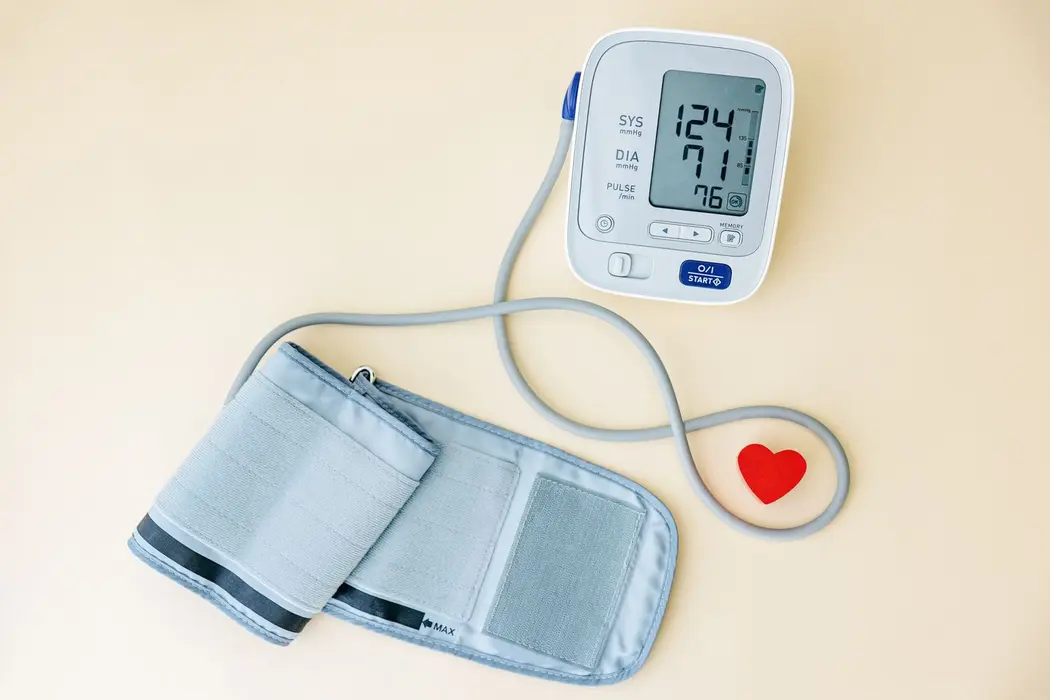T4K3.news
New BP guidelines released
The 2025 guidelines push for earlier treatment and stronger lifestyle changes to fight high blood pressure.

A concise look at how the 2025 guidelines aim to curb high blood pressure through earlier medication use and stronger lifestyle changes.
Early Treatment Encouraged by 2025 Blood Pressure Guidelines
The American Heart Association and the American College of Cardiology updated their guidelines for high blood pressure in 2025. The blood pressure categories stay the same: normal under 120/80, elevated 120-129/80, and high 130/80 or higher. The update focuses on actionable steps, including starting medications sooner if lifestyle changes do not lower numbers after a few months, and continuing strong emphasis on exercise and a healthy diet. The update also highlights maintaining a low sodium intake, aiming for less than 1500 mg per day where possible, and checking food labels for hidden salt. It reiterates alcohol limits and adds stress management and weight loss targets. The DASH diet remains central, promoting more fruits, vegetables, and whole grains while cutting salt and saturated fat. Researchers say the changes reflect new evidence that improving blood pressure can also protect cognitive health. Home blood pressure monitoring and regular doctor visits are encouraged to track progress.
The guidelines acknowledge practical challenges. Medications, weight loss options including injectable drugs and surgery, and access to healthy foods all affect how well people can follow the plan. Doctors are urged to tailor decisions to each patient, balancing benefits with side effects and costs. In short, the framework aims to reduce risk while recognizing real-world hurdles like cost, access, and adherence.
Key Takeaways
"The 2025 updates bring new evidence that offers longer, healthier lives."
Daniel W. Jones on the overall impact of the guidelines
"Blood pressure is a factor in cognitive decline."
Jones on cognitive risk associated with high BP
"No more than two drinks per day for men and no more than one for women."
Alcohol guidance in the updated guidelines
"Knowing your blood pressure numbers is essential to benefiting from these updated guidelines."
Allen Taylor on monitoring and applying the guidance
The shift toward earlier pharmacologic treatment represents a push to act before damage accumulates, but it also raises questions about cost and long term adherence. Health systems will need to support patients who may face higher medication bills or insurance hurdles. The emphasis on salt reduction and the DASH diet highlights the role of the food environment, not just individual choice. If adopted unevenly, the guidelines could widen disparities between communities with easy access to fresh produce and those dependent on packaged, high-sodium options. Yet the focus on weight management and stress reduction aligns with broader public health goals and may drive preventive care beyond blood pressure alone.
Highlights
- The 2025 updates bring new evidence that offers longer, healthier lives.
- Blood pressure is a factor in cognitive decline.
- No more than two drinks per day for men and no more than one for women.
- Knowing your blood pressure numbers is essential to benefiting from these updated guidelines.
Public health and access considerations with new guidelines
The push for earlier medication, stricter salt limits, and weight loss interventions may raise costs and affect patients who lack regular access to care. Public reaction and budget implications could shape how these guidelines are adopted.
The guidelines set a course, but real change comes from how people and systems support everyday health choices.
Enjoyed this? Let your friends know!
Related News

New blood pressure guidelines update

Estrogen protects kidneys from ferroptosis

Alcohol use falls to record low

New blood pressure guidelines released

UK police guidelines on suspect ethnicity

Record share of Americans view moderate drinking as harmful

Policy on suspect ethnicity under debate

Police set new rules on releasing suspects nationality and ethnicity
